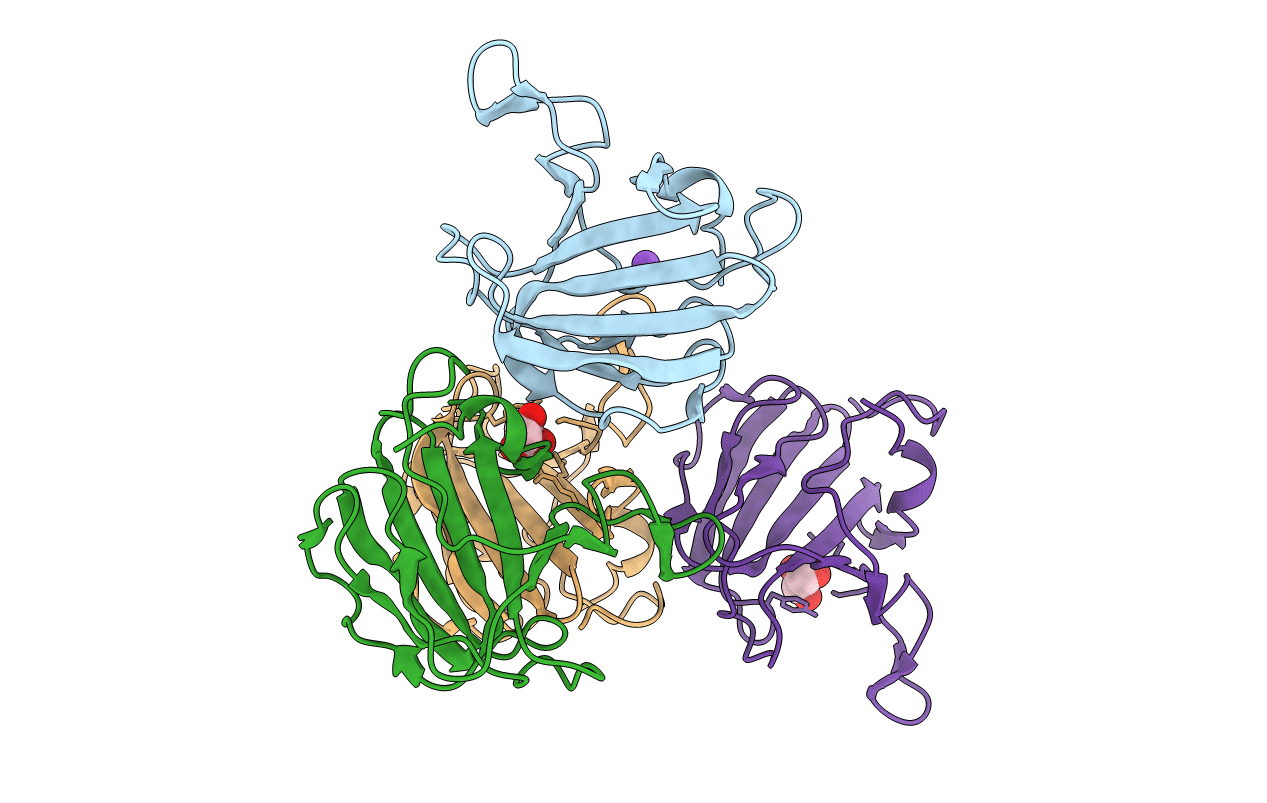
Deposition Date
2013-03-29
Release Date
2013-07-03
Last Version Date
2023-12-20
Entry Detail
PDB ID:
4BH5
Keywords:
Title:
LytM domain of EnvC, an activator of cell wall amidases in Escherichia coli
Biological Source:
Source Organism:
ESCHERICHIA COLI (Taxon ID: 83333)
Host Organism:
Method Details:
Experimental Method:
Resolution:
1.57 Å
R-Value Free:
0.20
R-Value Work:
0.16
R-Value Observed:
0.17
Space Group:
P 31


